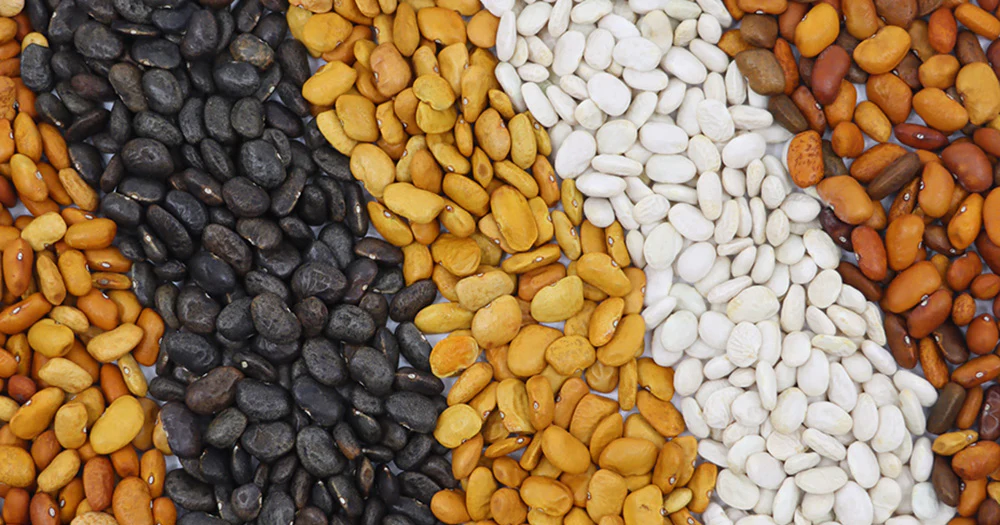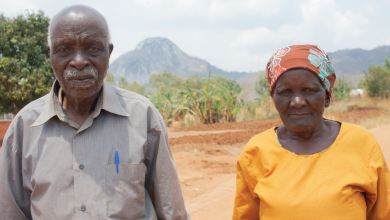Certified seed output drops by 45%
The country’s rain-fed production season faces a drop in certified seed supply as seed companies disclosed a decline in volumes in stock from 31 000 metric tonnes (MT) last year to 17 000 MT of maize and legume seeds.
In an interview with the newly-elected Seed Traders Association of Malawi (Stam) chairperson Chikondi Ng’ombe, she said this is due to El Nino that affected agricultural output last year.

“The seed companies in Malawi estimate supplying a combined 15 000 MT of certified cereal seed and slightly above 2 000 MT of legume-certified seed. This is a drop from a total of 31 000 MT estimated in 2023/24 season. The drop has been due to prolonged drought experienced last season,” she said.
The 15 000 MT volumes, with maize seed estimated at 11 000 MT, are against the estimated demand of 35 000 MT, according to Stam.
The drop comes at a time experts have identified low rate of certified seed use in the country as one of the key factors to dwindling agricultural production as recycled seed has weak endurance to weather and fertility factors.
According to Stam, there has been a trend of declined use of certified seed in the country and experts suggest the increasing cost of inputs as a driver factor.
“The country’s adoption rate of certified seed has been declining as most use grain as planting materials due to the rising inflation,” million people,” said Ng’ombe.
Certified seed use is hugely driven by Affordable Inputs Programme which has, however, been reducing number of beneficiaries expected to be around one million this year, from as high as 2.5 million.
Agriculture research expert William Chadza said Malawi’s agricultural transformation and commercialisation needs a set of interventions, noting that the use of certified seed is very low.
“Strategies should include a bundle of investments that complement each other such as irrigation; access to improved seed; access to produce markets; extension and training on best agricultural practices including management of water resources which are being threatened by effects of climate change,” said Chadza in a written response.
With the agricultural sector having 80 percent of farmers in the small-scale subsistence category, another agricultural expert, Tamani Nkhono-Mvula said there is a huge opportunity cost as such a structure has the country’s agricultural sector inefficient hence the low output.
Accor d ing to National Planning Commission (NPC) research manager Andrew Jamali, a previous research had identified poor seed systems as a major factor for the low production rate per unit area causing low national output hence the development and enactment of the Seed Act that intends to build a sustainable certified seed industry.
Malawi’s agricultural output dropped by 17 percent to 2.9 million MT in 2023/24 season due to El Nino weather that induced prolonged dry spells and floods. With that output affecting food security and economic performance, the next growing season will be key to the recovery, according to experts, although La Nina weather would cause flooding in the Southern Region.





